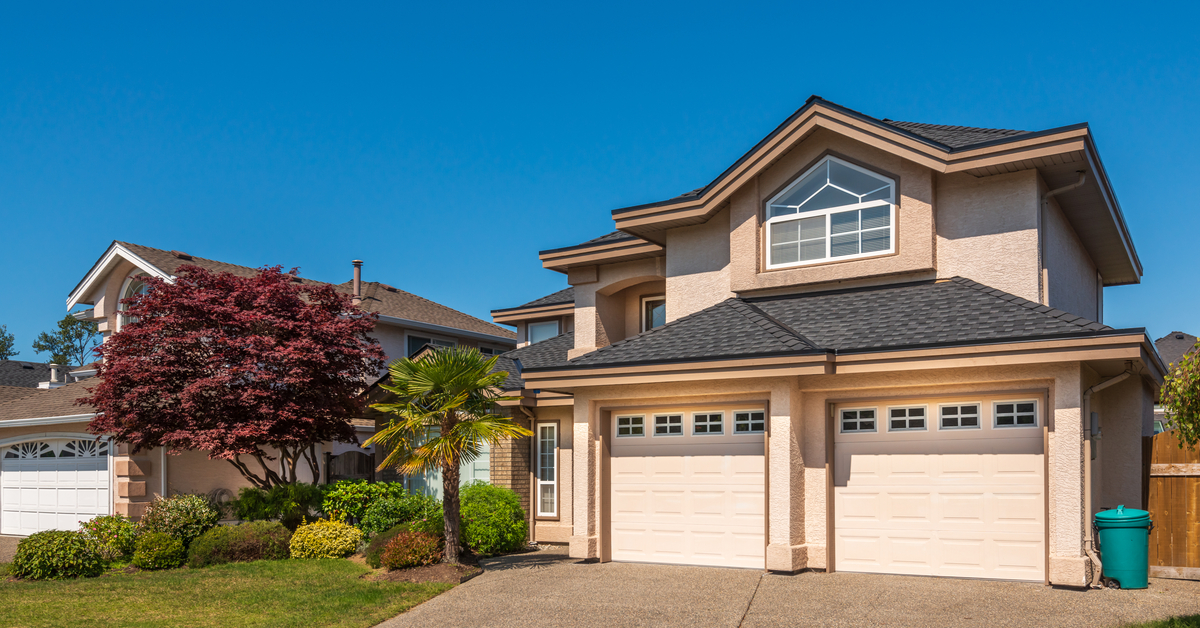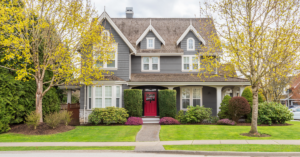The newest edition of the S&P CoreLogic Case-Shiller U.S. National Home Price Index revealed a 4.2% annual home price gain in February, up from 3.9% in the month prior.
The Case-Shiller 10-City Composite Index reported a 2.9% annual gain, improving from 2.6% in January. The 20-City Composite grew 3.5% annually, up from 3.1% the previous month.
The incremental upward changes year over year in all three indices confirmed that the market remained on a steady upswing before coronavirus reared its ugly head in full force stateside. The national index, in fact, logged its largest annual gain since January 2019, with yearly growth strengthening for six straight months.
Month-over-month figures also showed healthy upticks, with the National and 10-City Composite Indices both up 0.4% and the 20-City Composite up 0.5% without seasonal adjustment. Taking seasonality into account, the National Index saw a 0.5% monthly increase, while the 10- and 20-City Composites were up 0.4%.
“The stable growth pattern established in the last half of 2019 continued into February. Results for the month were broad-based, with gains in every city in our 20-City Composite; 17 of the 20 cities saw accelerating prices,” said Craig J. Lazzara, managing director and global head of index investment strategy at S&P Dow Jones Indices.
“The Case-Shiller Indexes for February showed strong enthusiasm in the housing market prior to the COVID-10 pandemic,” added Selma Hepp, deputy chief economist for CoreLogic. “Home buyers, particularly millennials, were encouraged by falling mortgage rates and a strong employment market.”
Hepp was quick to point out that COVID-19 rapidly tinged the housing landscape with uncertainty as more about the virus and its spread became known. But, like many other industry observers, she also added that the solid market foundation beneath February’s data bodes well for when the pandemic finally dissipates.
“Mortgage rates remain historically low and millennials are still active in the market, which suggests that while the spring home-buying season may be disappointing, there are promising fundamentals for the housing market when the economy picks up speed again,” said Hepp.
Among the metro areas in the S&P CoreLogic Case-Shiller composites, Phoenix remained the leader in year-over-year growth with a 7.5% climb in home prices. February marked the ninth consecutive month that Arizona’s capital topped the nation, with Seattle coming in second at 6.0%. Lazzara observed that prices were strong in the West and Southeast, with Tampa and Charlotte also posting strong price growth figures of 5.2% each.
On the flipside, Las Vegas’ price growth saw its price growth compared to last year recede dramatically. Reaching nearly 10% to top the list comfortably last February, the Gambling Capital of the World saw its February 2020 home price growth tumble to 3.5%, seventh worst in the 20-City Composite.
The real estate market in Nevada as a whole may be in for a particularly big hit, said Hepp in a blog post on CoreLogic’s site. In markets with higher-than-average job losses, Hepp said, housing may see a more notable impact from the coronavirus-induced economic shutdown — especially if home price growth was already slackening coming into the pandemic. Nevada, one of the states with the most unemployment claims since the outbreak, certainly fits that bill.
The true impacts of the COVID crisis as it relates to the Case-Shiller Indices will probably be more evident in next month’s report, said Lazzara.
“Importantly, today’s report covers real estate transactions closed during the month of February, and shows no signs of any adverse effect from the governmental suppression of economic activity in response to the COVID-19 pandemic,” he said. “As much of the U.S. economy was shuttered in March, next month’s data may begin to reflect the impact of these policies on the housing market.”






